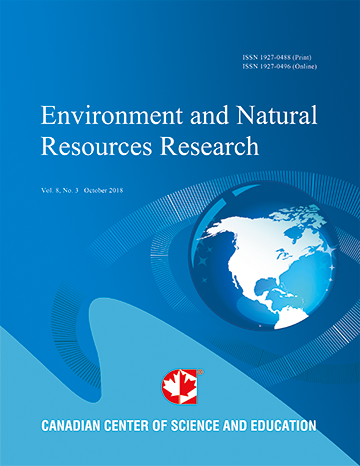Soil Microbial-Community Alteration in Response to Heterotheca subaxillaris – an Invasive Alien Plant
- Haggai Wasserstrom
- Yosef Steinberger
Abstract
Plant invasions have become one of the biggest threats to natural ecosystems across the globe during the last decade, and there is growing interest in their effect on the native flora and biota in invaded areas. However, little is known about their effect on soil microbial communities, especially non-fungal communities, in harsh environments such as a sand-dune ecosystem. The objective of this study, conducted in the northern Sharon sand-dune area of Israel, was to investigate the influence of the invasive alien plant Heterotheca subaxillaris on a sand-dune microbial community. Soil samples were collected under the canopies of the invasive plant, a native plant (Artemisia monosperma), and from bare areas at two sites, at different distances from the seashore going inland during the wet and dry seasons. MicroRespTM system methodology provided data on microbial biomass, basal respiration, and the community-level physiological profile (CLPP) at the community level, in addition to abiotic components, e.g., soil moisture, organic matter, conductivity, and pH. The microbial community in the soil samples found under the canopy of H. subaxillaris was less active and exhibited significantly lower CLPP, microbial biomass, and basal respiration than in the A. monosperma (native plant) samples. Soil abiotic variables were strongly affected by seasonality, sites, and were related to plant cover and the ecophysiological adaptation of each one. This study emphasizes the threat to soil microbial communities induced by plant invasion, especially in unique and harsh sand-dune ecosystems. This threat might also affect other organisms living in this fragile environment.
- Full Text:
 PDF
PDF
- DOI:10.5539/enrr.v8n2p85
Journal Metrics
Google-based Impact Factor (2016): 6.22
h-index (November 2017): 12
i10-index (November 2017): 19
h5-index (November 2017): 11
h5-median (November 2017): 12
Index
Contact
- Emily LinEditorial Assistant
- enrr@ccsenet.org
